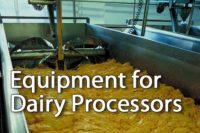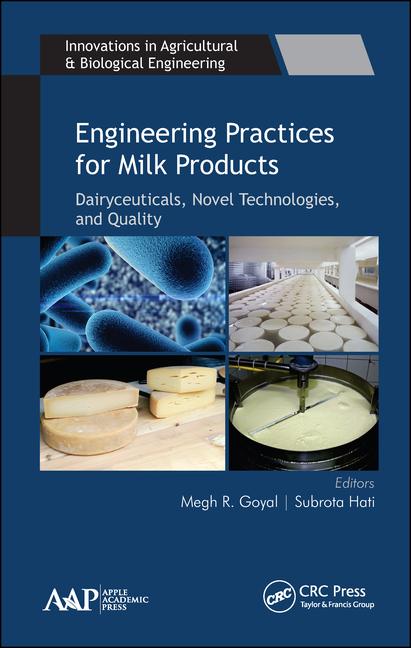Of the two types of generic PMO mix-proof designs on the market, the so-called deflector-plate design and the natural-vacuum-only design are very different in how the internals of the valve are designed. It is critical that the processor examines these valve design details to ensure that they can be cleaned as needed.
Jordan: The most important consideration for a cheese or yogurt producer when choosing a valve partner is looking at their experience in their industry. Our valves are used by the major cheese and yogurt producers and we have tailored our valves to meet the unique demands of both industries. We work with the producers and their engineering companies to design the valve system in the most efficient and safest way.
LeClair: Pump application knowledge should be a serious consideration when building or expanding a cheese or yogurt plant. The changing viscosities, temperatures and CIP protocols should all be taken into account when a pump is applied into either type of facility. While there are many manufacturers of pumps, only a few possess the technical expertise and know how to determine which pump would best fit the application. A misapplied pump can cause serious issues in product quality and safety.
Raimond: We have seen higher required flow rates for both cheese and Greek yogurt applications. It is important to have the proper suction and discharge condition in order to get the product to the pump and to move the product efficiently.
Dairy Foods: Processors are looking at the CIP process to minimize their use of water, which is another expense. What are some best practices in using valves and pumps?
Sinutko: Since each application is unique, the parameters (temperature, pressure, velocity, cleaning solution, etc.) to clean a valve vary and should be optimized until the valve is demonstrated to be clean.
Based on past experiences, some general best practices for cleaning include: minimum 5 feet per second velocity, CIP pressure greater than product pressure, and actuating the valve multiple times to clean masked seat surfaces and create turbulence in the line.
Medlar: A benefit of product recovery systems] is that the product pipeline will be almost dry and product-free after product push-out. This means that the pipeline will require less water, chemicals and time to be cleaned. This can lead to a substantial reduction in the use of water in the plant. In addition, the use of rotary cleaners rather than spray balls to clean vessels will greatly reduce the amount of water and chemicals necessary to clean the vessel.
Jim Larsen, Alfa Laval: The fully maintainable actuator [on our line] which incorporates air chambers sized to operate with a minimal amount of compressed air provides the foundation for process and CIP economy. Minimal air consumption leads to extremely fast response time, in many cases enabling seat lifts less than one-half second in duration.
Simply put, the shorter the seat lift duration, the less CIP fluid consumed. Combining the efficient design of the actuator with our throttling edges on both the upper and lower plugs of the valve ensures maximum efficiency in the use of CIP to cleaning the valve seats.
Throttling edges result in extreme acceleration of the CIP fluid past the seat surfaces, thereby creating a scouring effect. This enables the seats to be cleaned faster, with a fraction of the CIP solution required. Additionally, throttling edges enable the valves to be cleaned with lower CIP pressures; in some cases under pressure simply due to gravity.













